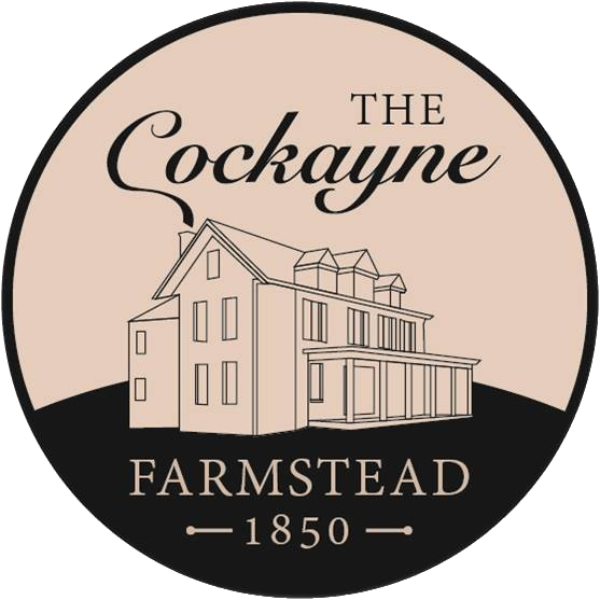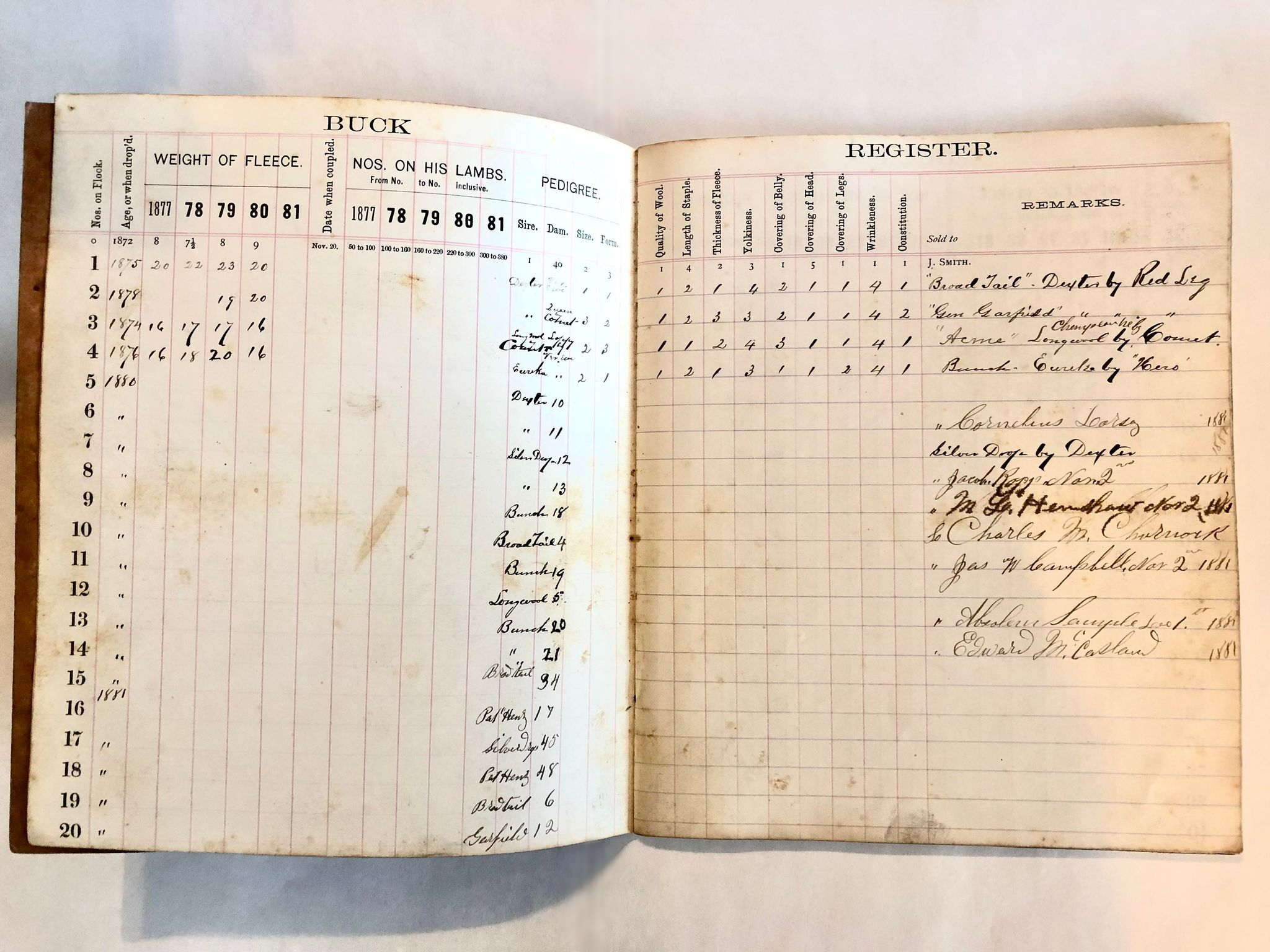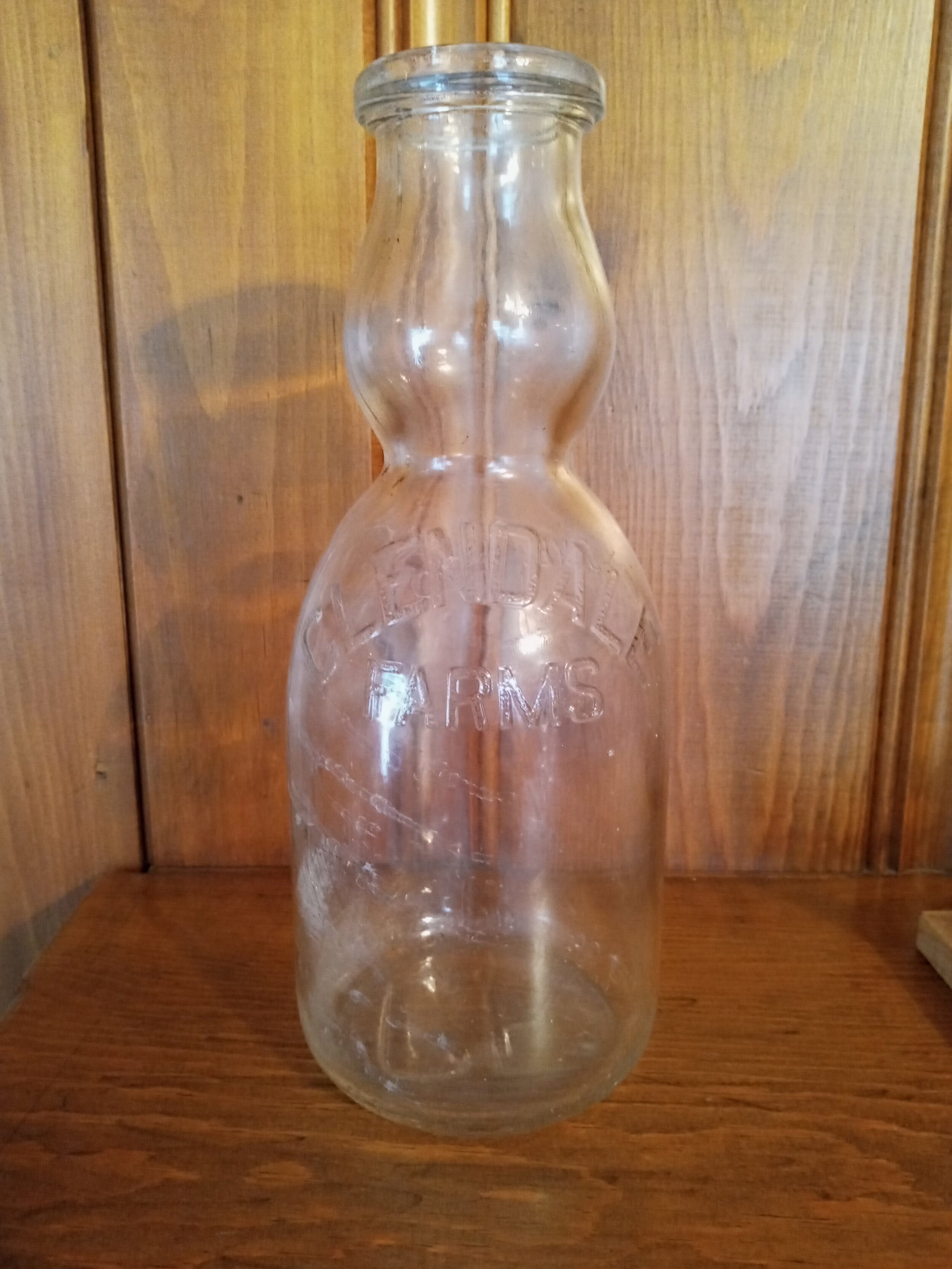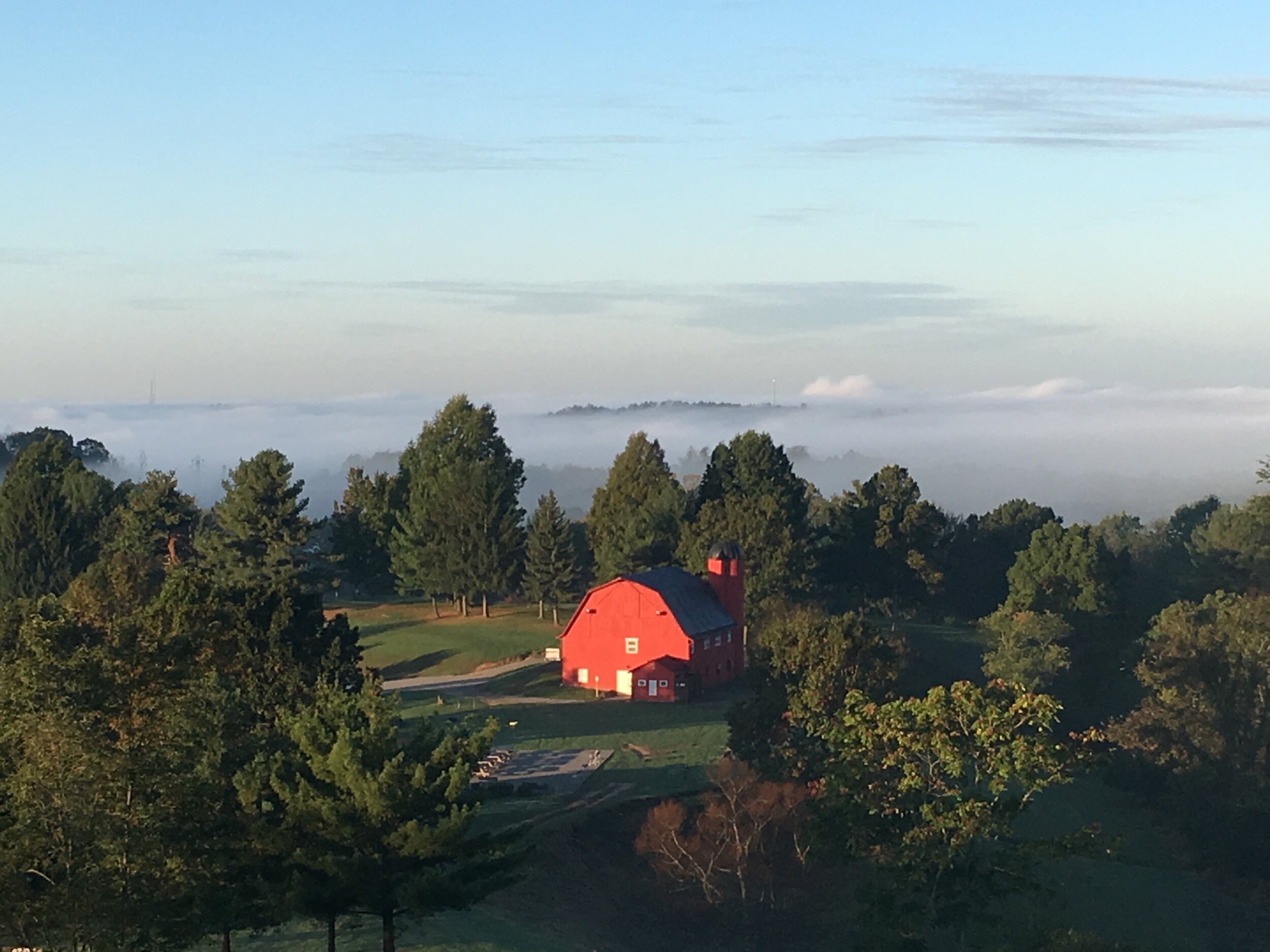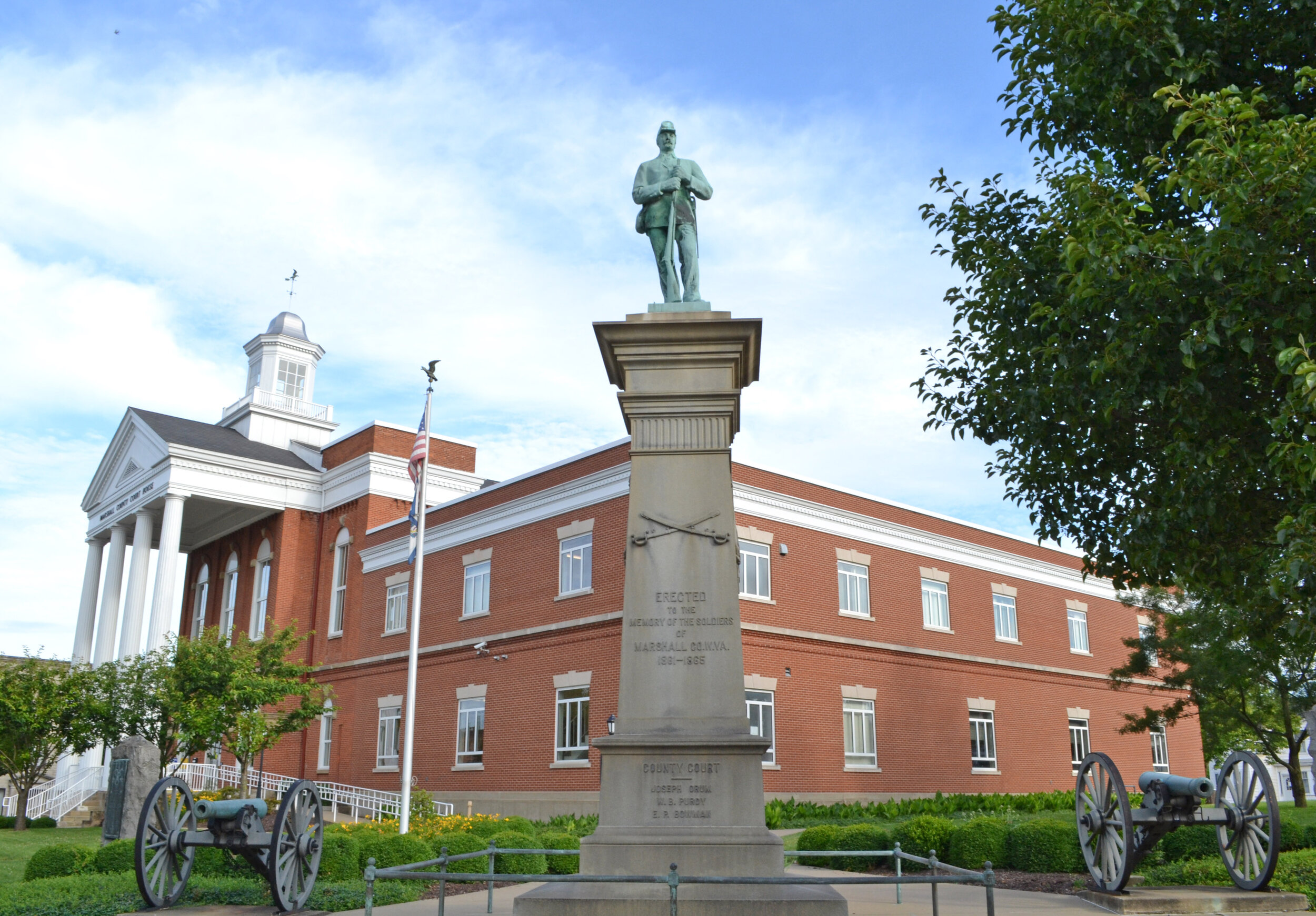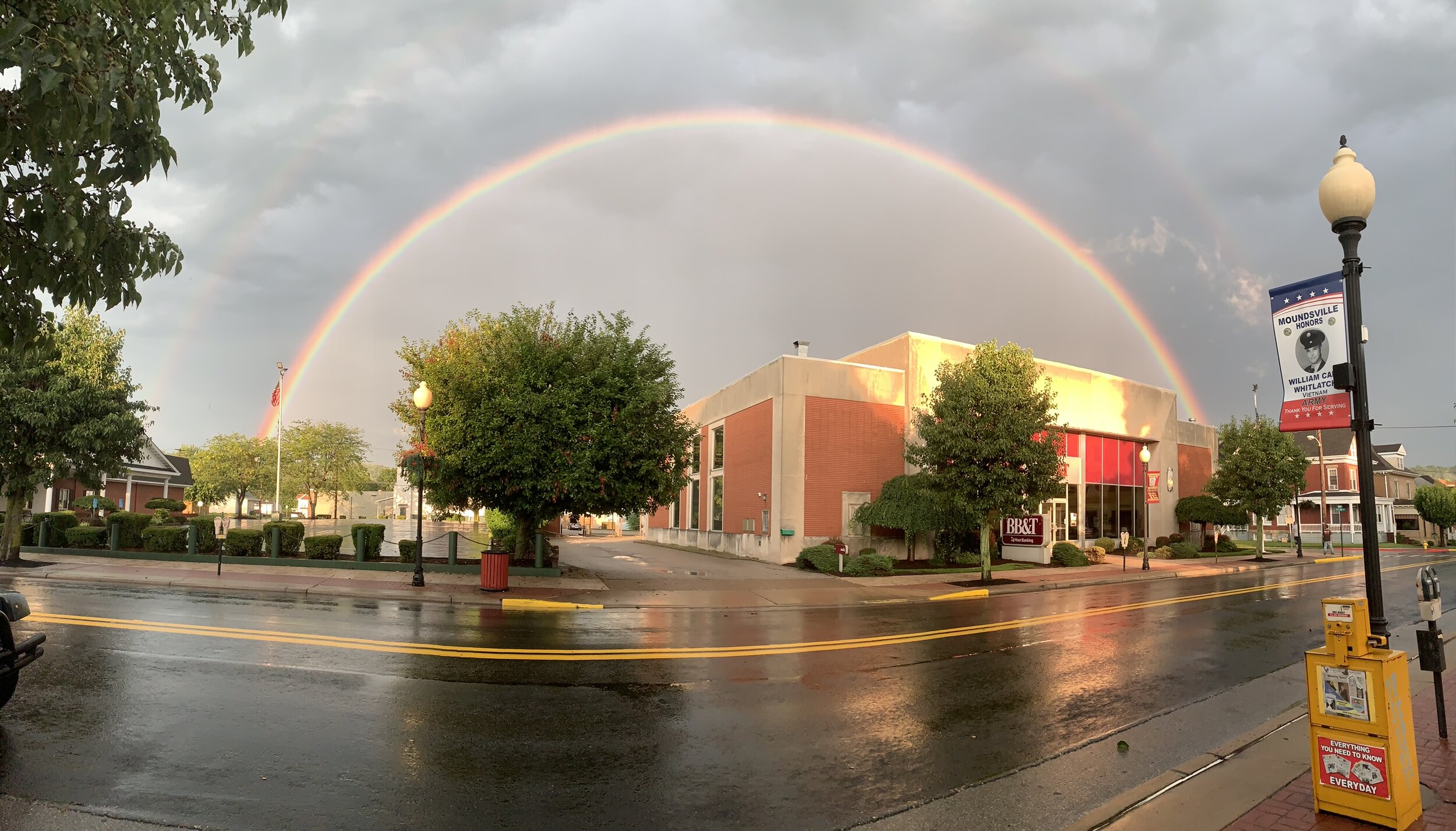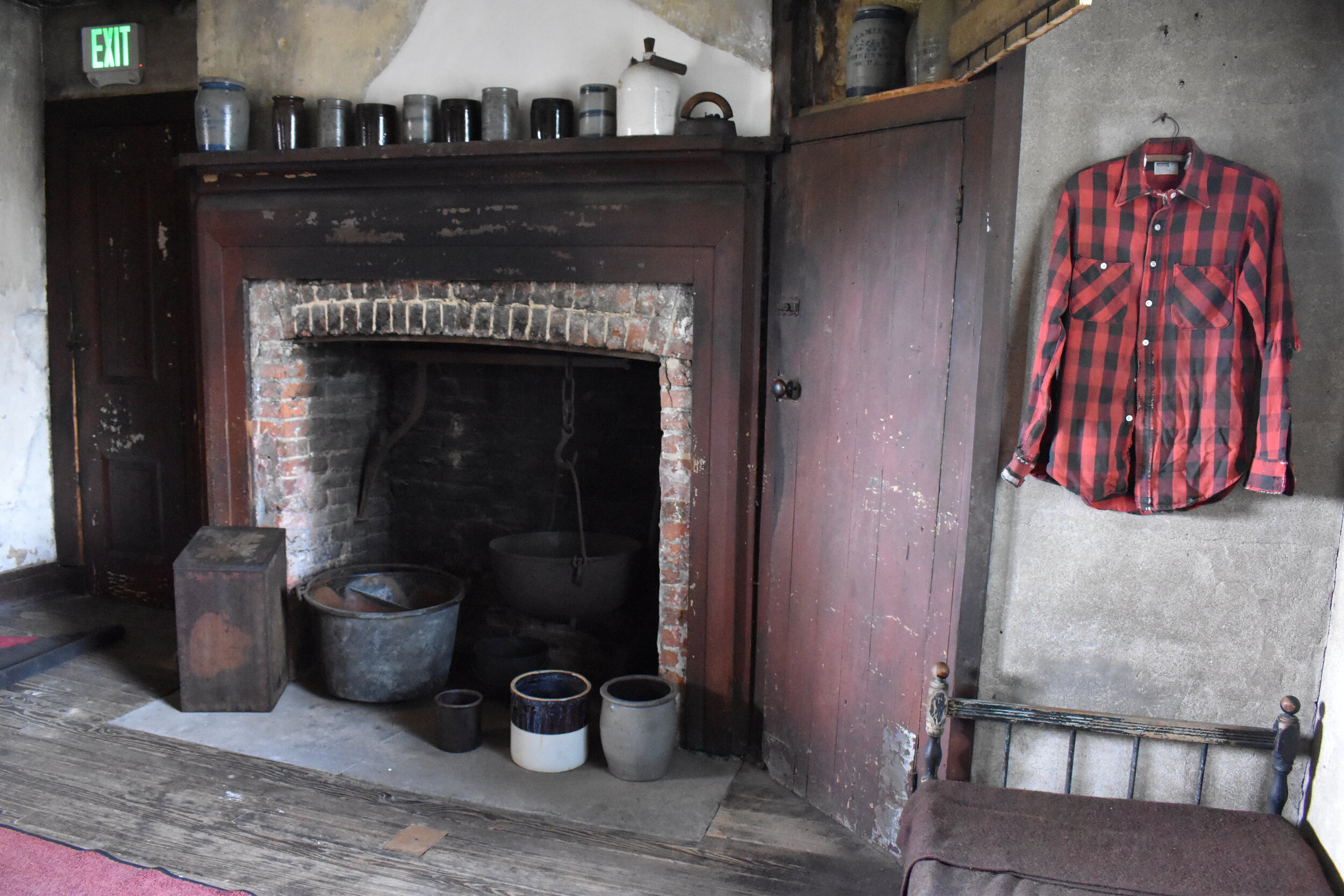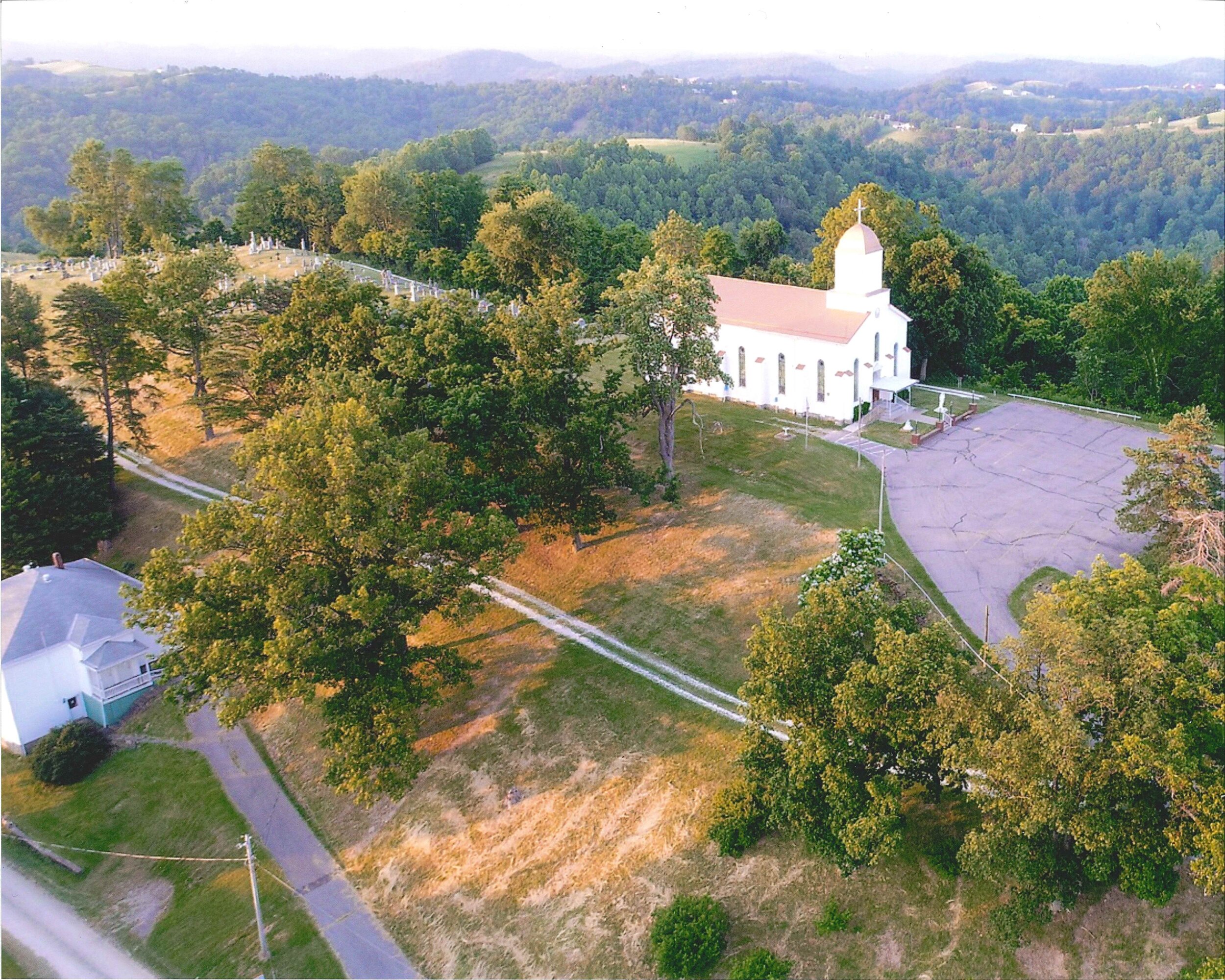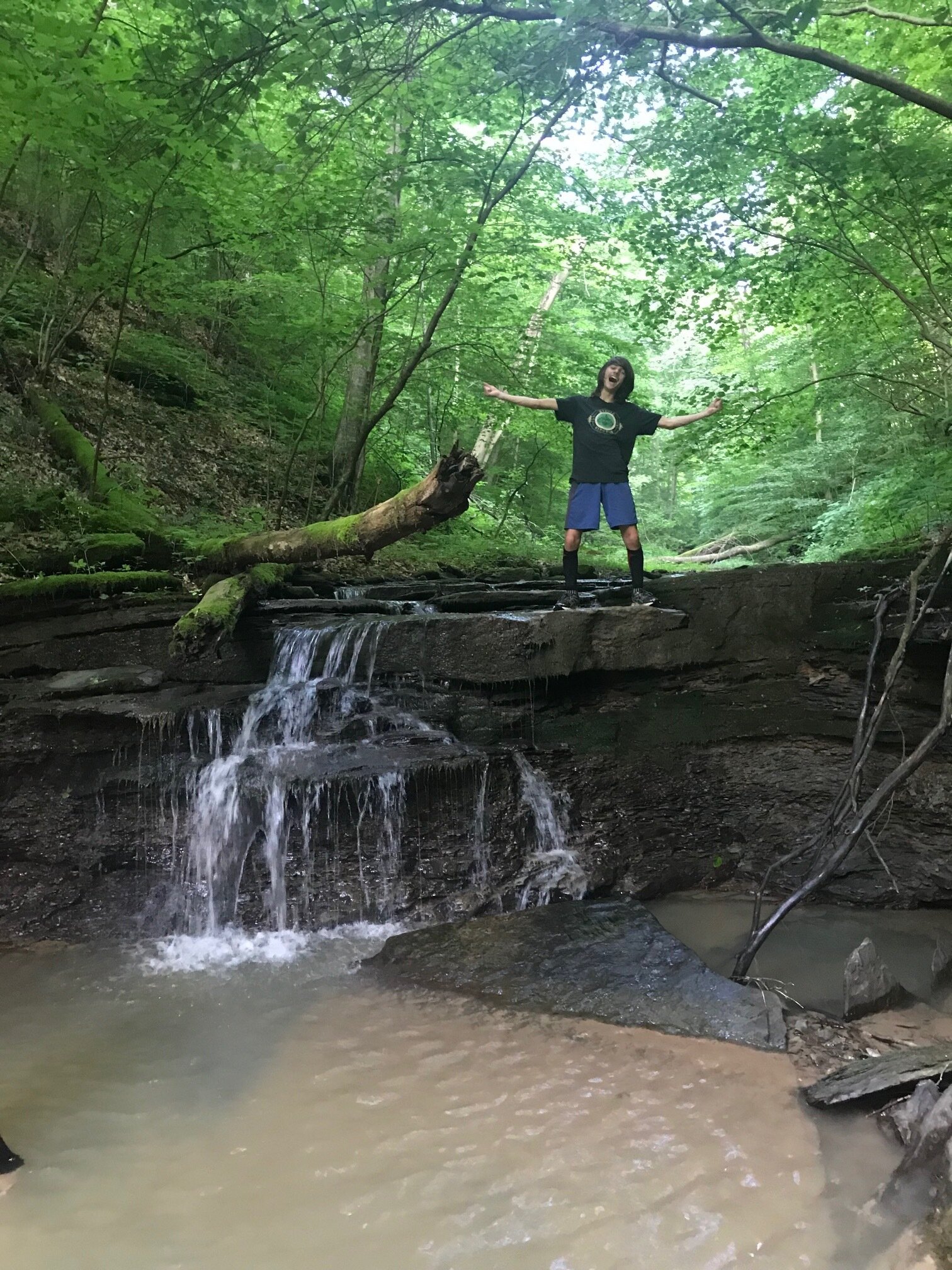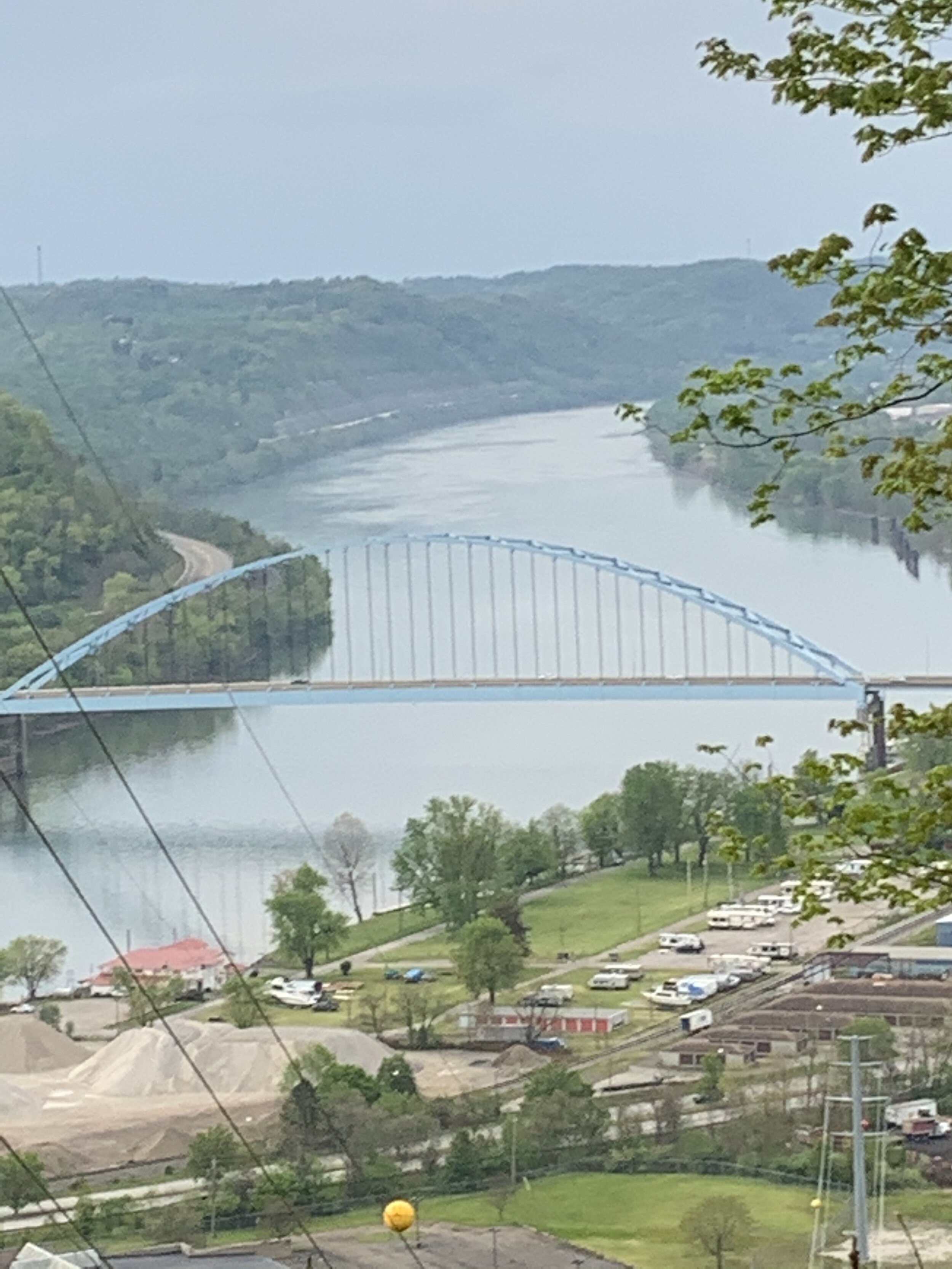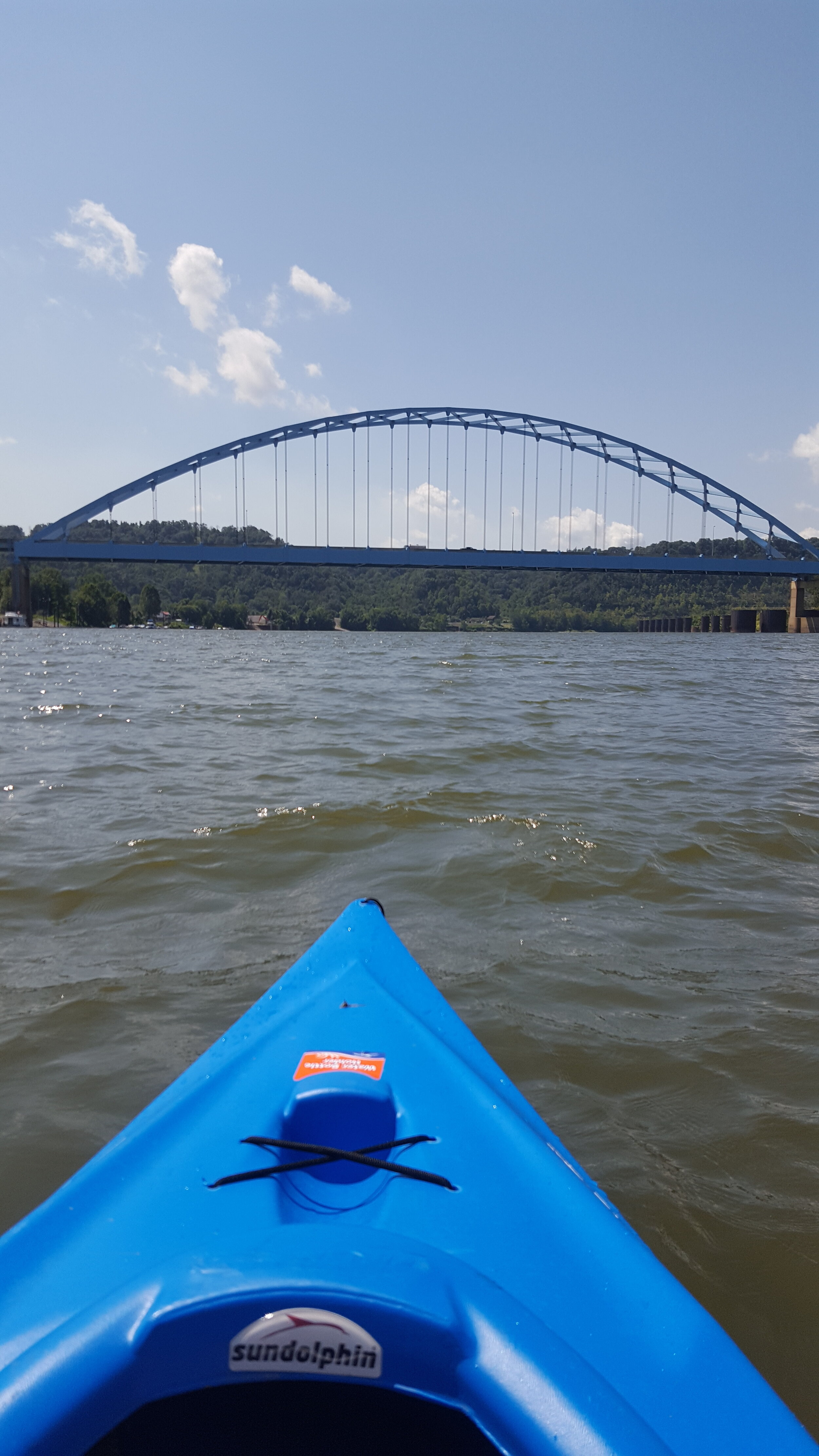Yesterday, June 10th, the Bellaire Middle School After Hours Academy come to visit us at the farmstead! A great time was had all around. As soon as everyone got off the bus, our visitors went right into the farmhouse for a tour. They had excellent questions and we were happy to answer every one of them.
Bellaire AHA students in the North Parlor of the farmhouse with their tour guide, our 2024 AmeriCorps member, Trent.
After their tour, we had a few activities lined up for them. They were split up into two groups. One group went to learn how to weave on looms and the other went to write with quills and ink. After they were done, they swapped activities.
Cockayne Site Manager, Kara, teaching students how to weave yarn using looms.
One of our lovely volunteers, Michal, helping students write with a quill and ink.
After their activities were finished, we had some delicious donuts being freshly made over a fire as they played yard games.
Jacob, our volunteer donut chef, did a great job frying up some donuts for the students (and other volunteers)!
Once they finished their donuts and wrapped up with the yard games, it was time for them to leave. We enjoyed having the Bellaire AHA come for a visit and look forward to seeing them again soon.
Having school groups come visit us here at the farmstead is always such a joy! We and the students have such a great experience every time.
